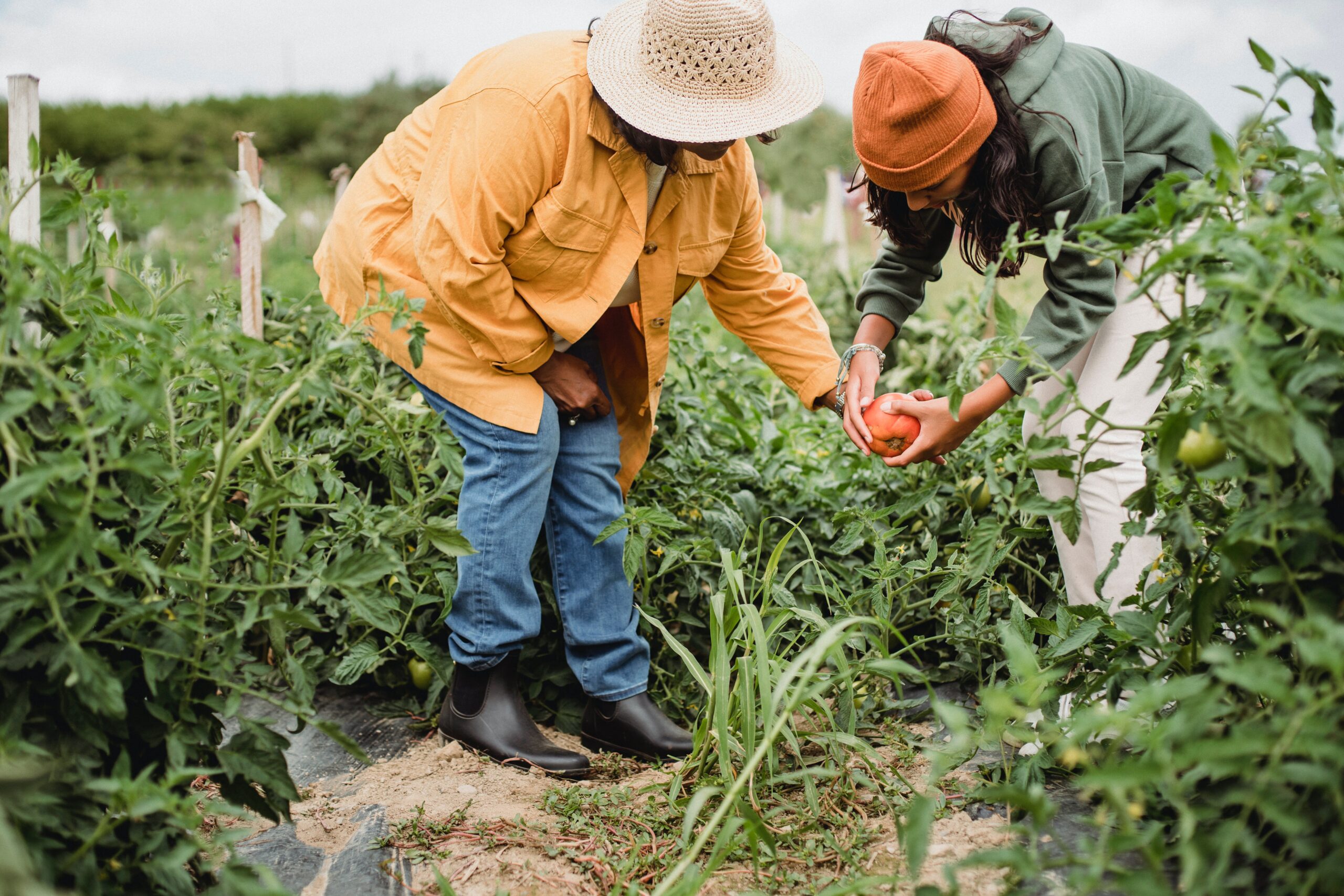When time is a precious commodity, opt for plants that require minimal attention.
- Hardy and resilient varieties like succulents, snake plants, and pothos can thrive with little care. These plants can endure periods of neglect and still add greenery to your space.
Read article:
All about Indoor Plants
2. Create a Simple Garden Design
Keep your garden design straightforward.
- A complex layout demands more time and effort. Stick to a well-organized, easy-to-maintain design that complements your available time and energy.
3. Embrace Container Gardening
Container gardening is a game-changer for busy individuals.
- It allows you to cultivate plants in pots, making them easier to move and manage.
- You can even place containers strategically around your home for a touch of greenery wherever you go.
4. Invest in Time-Saving Tools
Smart gardening tools can significantly reduce your workload.
- Automatic irrigation systems, like drip irrigation, can water your plants efficiently, eliminating the need for daily attention.
- Additionally, long-handled tools save you from constant bending and reaching.
Read here:
Gardening Tools & Their Uses
5. Set Realistic Goals
Understand your schedule and set achievable gardening goals.
- Don’t overcommit to a garden that requires more time than you can spare.
- Start small, and you can gradually expand your green haven.
6. Weekend Warrior Gardening
Use weekends strategically for more time-consuming gardening tasks.
- Your week-offs can be devoted to pruning, weeding, and other maintenance activities that require more time.
7. Emphasize Drought-Tolerant plants
Choose plants that adapt to drought conditions because you may go for a vacation or back to your hometown for festivities.
- It ensures your plants don not die.
- Succulents, cacti, and certain native plants can survive with less frequent watering, making your gardening routine more manageable.
8. Enlist Help
If your schedule is exceptionally tight, consider hiring a gardening service for periodic maintenance.
- Many local services offer affordable packages for weeding, watering, and overall garden upkeep.
9. Create a Gardening Calendar
Plan your gardening tasks according to the seasons.
- Different plants have various needs throughout the year. A gardening calendar will help you stay organised.
10. Enjoy the Process
Gardening should be enjoyable, not stressful.
- Embrace it as a therapeutic activity that allows you to unwind after a busy day.
- Nature can significantly contribute to your overall well-being.
Conclusion:
Amid the whirlwind of work, traffic, and daily responsibilities, maintaining a garden might seem challenging, but it’s not impossible.
- Adopt these practical tips and adjust them to your unique schedule. Gardening is not just about the result; it’s also about enjoying the journey and finding moments of tranquility amid the chaos.
“Get your hands dirty, and let your garden be a source of joy and relaxation in your bustling life.”
Also, read:
Importance of Gardening in our Life
Happy Gardening!!
